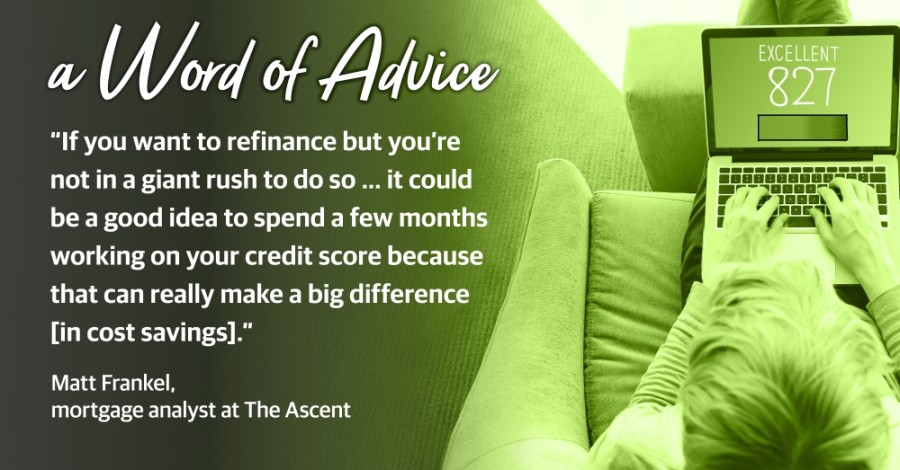When interest rates are low, homeowners may look to save money by refinancing, which means getting a new mortgage with a better term or interest rate to lower payments. Mortgage rates have steadily declined since November 2018, according to weekly data from Freddie Mac, also known as the Federal Home Loan Mortgage Corp.

Matt Frankel, a certified financial planner and mortgage analyst at The Ascent by Motley Fool—a general personal finance advice resource—shared advantages and disadvantages of the refinancing process.
What to consider
- Is the current market rate at least 1% lower than your existing mortgage rate?
- Are you planning to stay in the same home for at least five more years?
- Always consult multiple lenders to find the best mortgage rate. Start with your current lender.
- Multiple inquiries from mortgage lenders affect an individual’s credit score no more than a single inquiry, Frankel said

Pros
- Can lower monthly mortgage payments
- May eliminate private mortgage insurance
- Can be costly, as homeowners must pay lender and closing fees again
- Paperwork
A homeowner can also choose cash-out refinancing, in which an existing mortgage is replaced with a new home loan totaling more than the remaining debt. The difference is paid in cash and can be helpful in paying other debts, as a mortgage is often the lowest-interest loan available, Frankel said.





